Growing Quality Heirloom Chiles
One of the wonderful things that we get to do in this business is visit seed growers. Most of the time the visit is to inspect the crops or harvest for that season, looking for potential challenges or quality issues that must be addressed. Open pollinated seed wants to “drift” or change and adapt to current conditions, and it is our job to keep true to the characteristics that made it so worthwhile to be passed down from generation to generation.
Other times we get to visit a grower or breeder to see what they are working on, which becomes a highly educational day in the fields for us. This is just such an occasion.
We were invited to south-eastern Arizona to spend the day with a world-class chile breeder. He currently supplies most of the chile seeds for the Hatch chile growers in New Mexico, and has been breeding and refining chiles for about 30 years. As an example, he obtained seeds for the “Sandia” chile from growers in the Albuquerque area almost 20 years ago and has doubled the production of that chile, while retaining it’s remarkable flavor and compact, bushy plant characteristics that have lots of leaf shade to prevent the young chiles from becoming sun scalded. He combines traditional plant breeding with extensive selection and very close observation, only choosing to keep the very best plants for seed.
We first met him at a Master Gardener conference where he presented a talk about the genetics of the breeding he was doing, explaining how much more complex a chile plant is than a tomato, with the resulting complexities in breeding and selecting to get certain characteristics to come through reliably. He has studied the DNA of the chile plant extensively, and has collaborated with university research projects working to identify and map the chile genome to better understand how and why it grows and reacts the way it does.
When we first pulled up to the growing field, we weren’t exactly sure what to expect. From our conversations with him, we knew he was growing several dozen chile varieties on a few hundred acres, but we didn’t know how. Chiles will readily cross pollinate, creating a mess for growers and especially breeders. As we parked, a tractor was already pulling a flatbed trailer out of the field loaded with freshly harvested chiles.
For all of the photos, click to see them full sized.
Looking out across the fields, you can see fluorescent flags in the middle distance. It is easier to see if you click on the photo for the full size. These are the primary plants that show all of the desirable characteristics or traits that the breeder is looking for, so they are tagged and will be allowed to fully ripen, then the seeds will be collected to be replanted next year. All of the surrounding chiles will be harvested for use as fresh green chiles.
This is where it all starts, with a single flower. One flower, successfully pollinated, will give you one chile with seeds. These particular chiles have a good amount of seeds, but there are some that we have grown for us that only produce a few seeds per chile pod, so they are much more labor intensive and more expensive to grow.
Chile flowers are classified as “perfect”, meaning that each flower has both male and female organs. The anther or male portion produces the pollen and is seen extending out from the flower in the above photo. The stigma is the female organ and it is beneath the flower petals and underneath the anthers.
Flowers begin appearing when the chile plant starts branching and the process of flowering is called “dichotomous”, meaning that the plant produces one flower, then two, then four, eight, sixteen and so on. There will be many, many more flowers than fruit, and a larger percentage of the early flowers produce fruit than those later in the season.
Chiles are surprisingly temperature sensitive, as they produce the most fruit when nighttime temperatures are between 65° and 80°F, almost stopping by 85°F and the pollen aborts when daytime temperatures are above 95°F. This is why home gardeners will shade their chile or pepper plants in the summer in hot locations. To read more about this, see Grow Better Peppers with Shade.
Gardeners with some experience often ask how we isolate the different varieties of tomatoes, peppers or any of the different cultivars we offer so they do not cross-pollinate. There are three main methods of isolation – time, distance and physical isolation. Our growers use all three of these techniques to grow more plants for seed, which increases production.
Swaths of corn are used at this location for isolation. It is planted earlier than the chiles in rows that are about 15 feet deep and seeded fairly thickly. The result is tall barriers that inhibits the travel of pollen from one plot of chiles to another and has proven itself to be highly effective through both field trials and laboratory testing.
When the corn has matured it is harvested and the stalks are removed, making it much easier to access the chile plots. By that time the chiles have flowered and produced the first couple of flushes of fruit which the seed will be saved from. Later pollination of fruit is picked and used as fresh chiles, with the seed not being saved.
We had camped in small secluded campground the night before, with a strong weather warning for the next couple of days due to a tropical storm working its way inland from the Pacific.
This is how we started our day, with clouds getting stronger and the wind picking up until the mountains to the west were getting drenched. The rains then turned toward us and we were forced out of the fields just after noon.
Keeping track of all of the individual plots is done both by hand and with modern technology. A hand drawn map is used in the field to verify and make notes, with the information being transferred to a computer file later.
There is a team that works to keep the quality high – the breeder and farm owner, a field foreman and two highly experienced plant identification specialists that spend lots of hours each day in the field with the foreman, looking at and evaluating each individual chile plant for the characteristics that are desired. Those plants are then identified, tagged and tracked throughout the season.
If a plant continues to perform to standards, the chiles will be harvested and the seeds saved for next season. If even one trait or characteristic is found to be below standards, the markers are removed and the fruit is harvested as fresh chile to be eaten and the seeds are not saved.
The field inspections of chiles was a highlight of our day! This chile is just starting to ripen past the green stage. There are sometimes 15 different characteristics that are desired and evaluated in a single chile – many not having to do with heat or taste.
If you click into the larger photo, you will see the thickness of the flesh better. This shows how fertile the soil is, as poor or unsuitable soil will not grow thick flesh and the skin will be slightly to noticeably bitter. The breeder has shown me photos of chiles that have a flesh 3/8 of an inch thick! This is extremely good soil for growing chiles.
This particular chile only grows two ribs down the center of the fruit where the seeds are attached to. They know to cut the chile open from the side to see into the chile for evaluation.
One thing we learned is that the capsaicin or heat is located along the ribs of the chile. Mild to moderate chiles will have the majority of the heat here. This is primarily true for most chiles, though some of the hotter varieties will contain additional capsaicin in the flesh.
Once again, clicking into the larger photo will show the yellow capsaicin better. It is located on the bottom rib and is a very light yellow color. It was very educational to taste the chile flesh, which was very flavorful and mild and then touch the rib with the capsaicin and taste it. The heat was immediate and surprising for such a mild chile and lasted for several minutes on the tongue. This is why many recipes will say to remove the ribs, as it strips out the majority of the heat!
The capsaicin can be easily seen on the top rib as a light yellow line that follows the flesh, with the tip of the knife pointing to a heavy spot. This chile has a good amount of capsaicin on both ribs and would give an unsuspecting person quite the surprise!
His focus with chiles is on the milder varieties, such as those grown in and around Hatch, NM.
We talked about different characteristics being selected for in the plots and here is a representation of some of them. At first glance, these four chiles seem to be all the same – large, green and fairly flat. In fact, these are all different cultivars; bred, selected and grown for different markets.
The top one is grown for fresh chile sales at Mexican markets – this is what traditional Mexican households are looking for in size and flavor for specific dishes with fresh green chile. It is too long for canning, as the chile will fold over in the can – making it undesirable for whole canned chile use.
The second from the top is grown for the canning companies – it has a “crown” where the stem is, making it easier to de-stem by machine. In fact, the term is called “de-stemability” when looking at the characteristics.
They will pick a chile, grab the stem and snap it off of the top. If it comes off whole without taking any of the chile with it, that is good. If part of the stem remains, or some of the chile is removed – that is not acceptable.
The third chile is preferred for fresh stuffing use as it is flat and wide and is perfect for Chile Rellenos.
The bottom one is perfect for fresh roasting, as it is rounder so that it will tumble in the flame roaster and is longer and wider than the canning chile. The stem is a bit smaller and tighter than the canning chile as well, which is desirable for roasting as you don’t want to lose the stems in the roaster.
It is easier to see some of the physical differences in this shot.
For the breeder, flavor is most important followed closely by productivity. We must have tasted a hundred chiles during our time in the field and left with both of our arms full of chiles that had been picked and tested for de-stemability or other physical traits and were then waste. We loved it!
Another look at the production capability of a chile plant. They select for smaller, more compact plants with larger chiles and lots of leaf cover to shade and protect the chiles from sun scald and hotter temperatures. More leaf cover also keeps the soil cooler which keeps the flowers cooler, maintaining a better pollination and fruit production environment.
It quickly became apparent that there were many other traits that had been identified and were selected for beyond just flavor and size or appearance of the chiles that contributed greatly to the overall quality and flavor of the chiles. Lower plants that had thicker stems so that the chiles didn’t break the stems from the high production and large sizes were part of it. More leaf cover with larger leaves was another. Tolerance and resistance to disease, sun-scald and other challenges were more traits actively encouraged.
Remember how we talked about isolation in a previous photo? Here’s another example of isolation that is being used to actively improve the chiles in the field. These are isolation cages or tunnels, put over the chile plants after they are sown to exclude any insects or pollen drift from other chile plants. This prevents cross-pollination and only allows the chiles inside the cage to do the pollination. These cages were just slightly taller than the chile plants and some were hundreds of feet long – as long as the row of chile plants.
Here’s another look, showing two different types of isolation in one photo. The remains of the corn row isolation between plots is next to one of the isolation tunnels, with the field manager and breeder as we saw them most of the day – heads down looking at chiles with their hands full of chiles. The yellow flags are tags of specific plants that have been identified as having the traits or characteristics they wanted.
The isolation tunnels don’t prevent sun or water from entering, only insects and stray pollen.
After we were chased out of the fields by the rains, we got a tour of the processing facility where the truckloads of ripe red chiles were cleaned, de-seeded and dried. The dried chile pods are sold to a company that makes chile paste and sauces, while the seeds are sold to the New Mexico chile canning companies and grown around Hatch, NM and surrounding areas.
We were treated to seeing how much seed is involved in an operation like this – lots and lots! The warehouse is climate controlled for temperature and humidity and is stacked full of chile seeds. Most will be sold to the commercial growers of fresh green chiles, but there is a deep store of multiple years worth of breeding stock seed. There are backups upon backups going several years back, all labelled and coded with details so that they can be easily reached if needed, or if there is a crop failure due to weather or insects.
This level of backup and redundancy is absolutely necessary as a breeder, as there is nowhere else to turn if a crop fails or things don’t turn out well. We felt very privileged to see and spend some time in the seed warehouse!

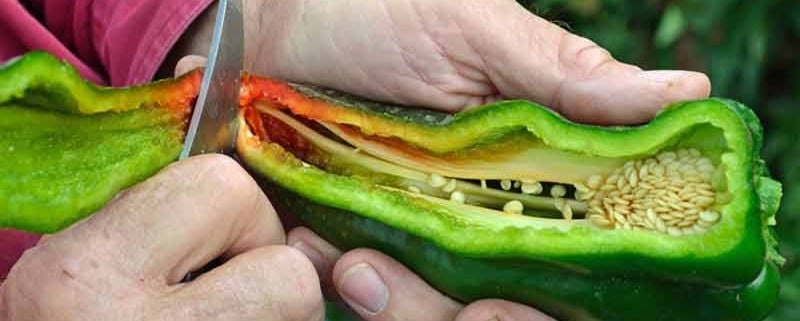
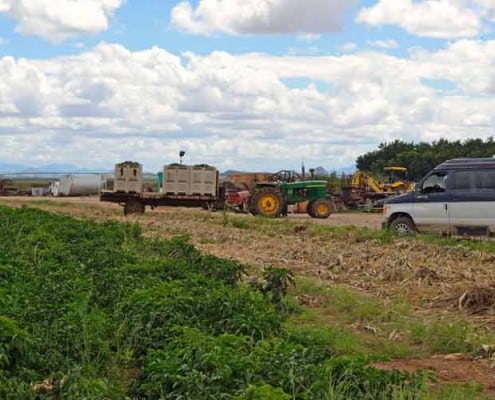




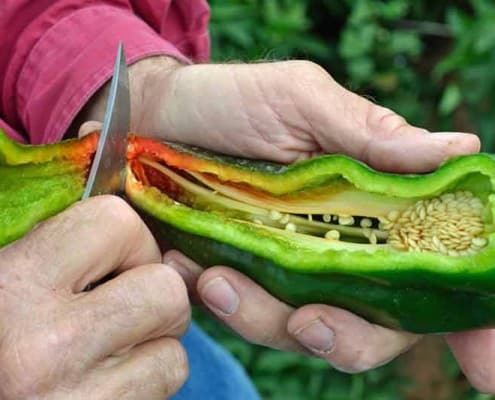
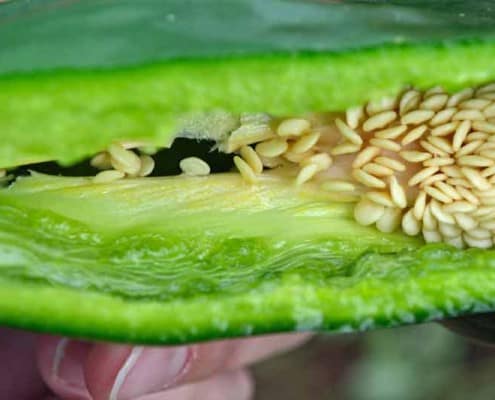



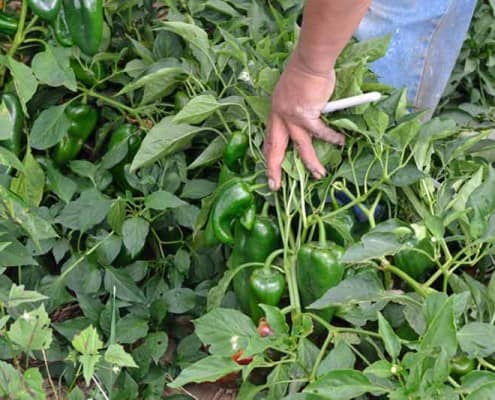

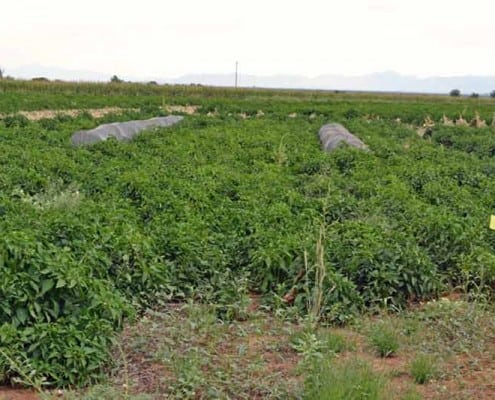
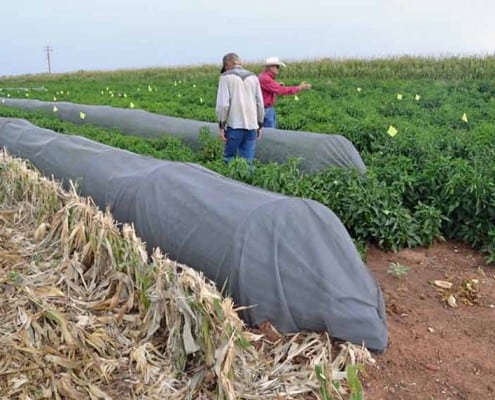
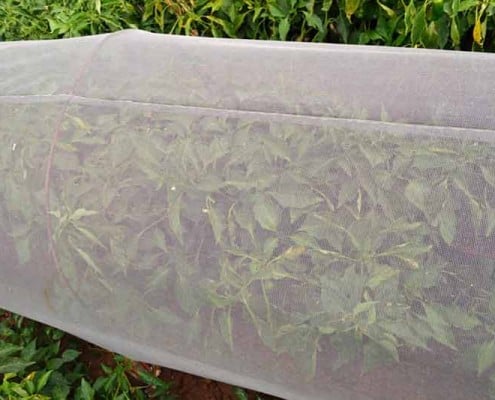

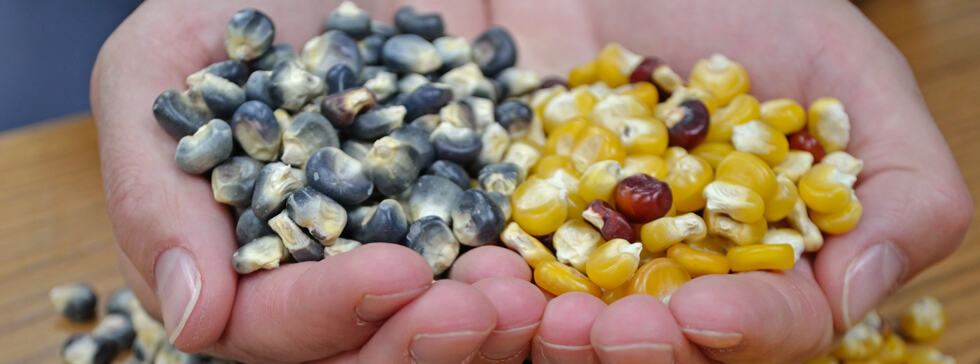
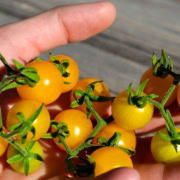
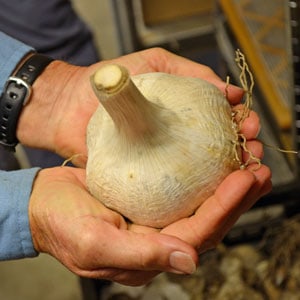

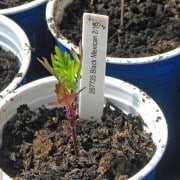
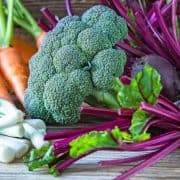
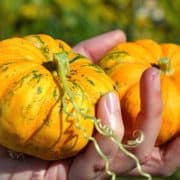
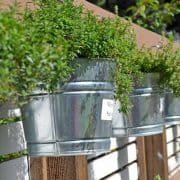
Leave a Reply
Want to join the discussion?Feel free to contribute!